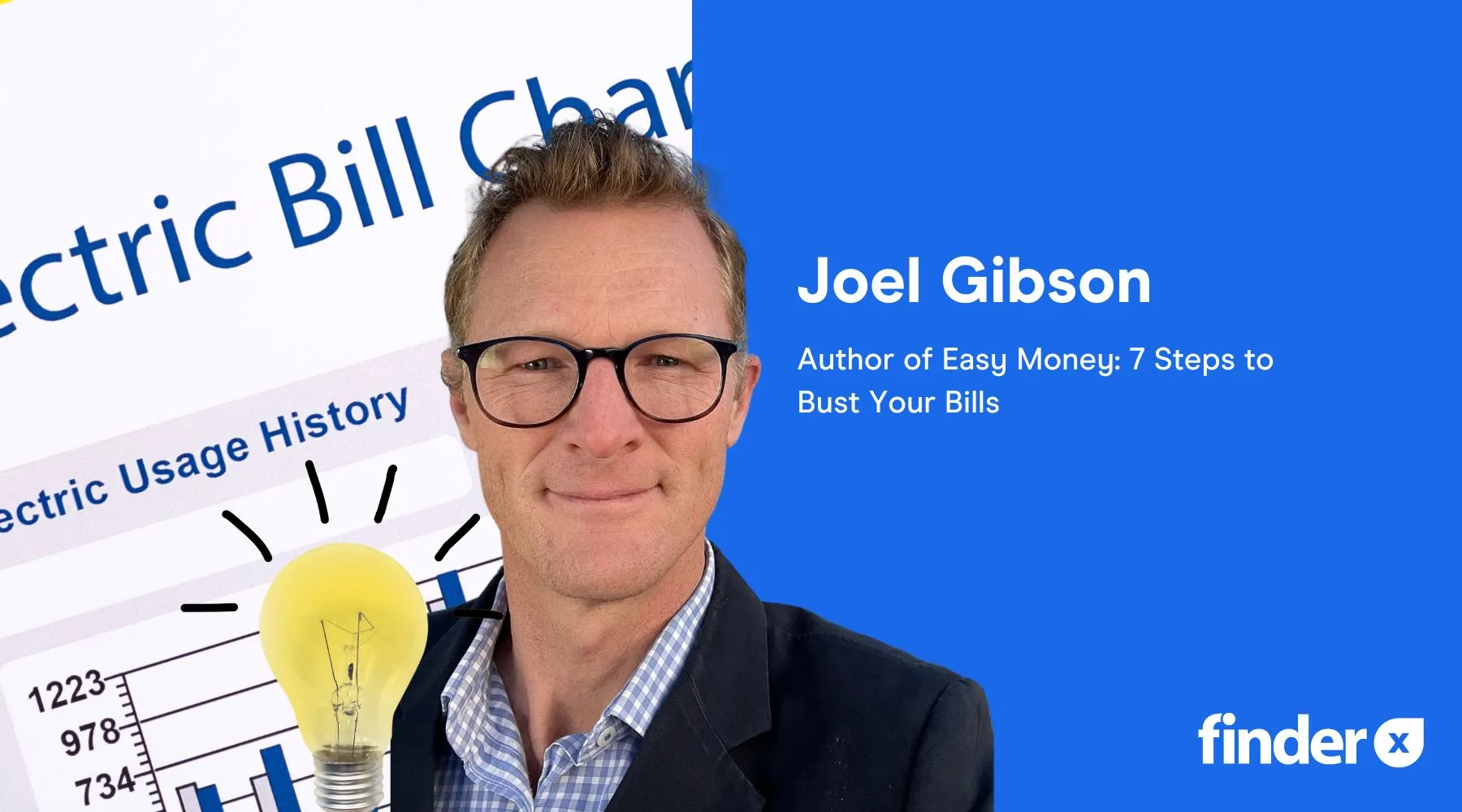2 new ways to know if there’s a better energy deal out there

These powerful tips can help you bring down your energy bills.
Until a few years ago, you needed a Nobel Prize in economics to compare electricity plans.
Provider A might have been offering a 30% discount and Provider B a 20% discount, but those discounts were off completely different rates, so sometimes the 20% discount worked out cheaper! It was bonkers.
So, in 2019, the federal government introduced a new benchmark "fair price" for ALL providers to measure their discounts off.
Because governments are incapable of ever making anything as simple as it should be, they gave it multiple names that all mean basically the same thing. It's mostly called:
- The "default market offer" or
- The "government reference price"
So really, it's never been easier to find the cheapest deal because all discount offers now have to be compared to that "reference price", so you can finally make apples-for-apples comparisons.
It also acts as a quasi-safety net.
People who do nothing to shop around for a cheaper electricity plan should be automatically put onto the "default offer" or "reference price" so they don't get ripped off too severely.
If not, they can demand to be moved to a "standing offer" equal to the government price.
You still need to shop around to maximise your savings. 80–90% of the deals out there are still cheaper than these new "default offers", and the best offers available to Price-Chasers are hundreds of dollars cheaper.
Also, bear in mind that the pricing on most plans changes every year at least once. So to maximise your savings you must actively switch – or at least upgrade with the same provider – every year or two.
Start comparing energy plans to see if you can find a better deal.
The second powerful new tool is called "better offer messaging"
This is where your retailer MUST say on your power bill if they have a plan that would be cheaper for you. It doesn't tell you if there are even cheaper rates elsewhere, but it does at least confirm whether you're getting your provider's best current deal.
This is already mandatory in Victoria, but it's due to land in NSW, QLD, SA, Tassie and the ACT in the first half of 2023 – so keep an eye out on your next bill.
Insider Trick: The De Niro
Like Robert De Niro's bank-robber character in the movie Heat, you gotta at least be prepared to walk away if you want access to the best energy deals.
In the energy market, loyalty has gone the way of the dodo – it's as dead as most of the characters by the end of Heat.
Loyalty schemes or rewards programs are more common in insurance and groceries and other household bills, and a few of them are worthwhile participating in.
But they're less common in the energy market and I can't think of a single reward I've seen for staying with your provider of electricity and gas that would justify paying a higher rate, so focus on the price first and foremost.
In fact, it's generally the opposite – perversely, the best deals are offered only to new customers or to customers who have one foot out the door, De Niro-style.
Don't believe me? Then take the word of the regulator, the Australian Energy Market Commission, who said this:
Consumers tend to only get a better deal if they leave or threaten to leave a retailer.
Many retailers will also move you to a dud plan if you move house or your discount expires – it's up to you to ask for a better one.
About half of new energy plans are taken up by movers, but movers often pay top dollar because who has the time and headspace for checking prices and rates when you're moving house?
This even happened to us one time when we moved house – they put us on a zero-discount plan.
I then called up and went from no discount to 28% off in a single phone call. Why? Because I let them know I was prepared to walk, of course.
This is an extract from Easy Money: 7 Steps to Bust your Bills by Joel Gibson (Simon and Schuster, RRP $29.99, out now).
Joel Gibson has spent the past 15 years hunting down every money-saving trick, hack and loophole available and sharing them with Aussie households via cost of living movement One Big Switch and regular media appearances on TODAY, 2GB, 4BC, ABC Radio, The Sydney Morning Herald and The Age. He lives in southeast Sydney near the beach with his wife, two kids and Sunny the money-saving dog.
Ask a question
